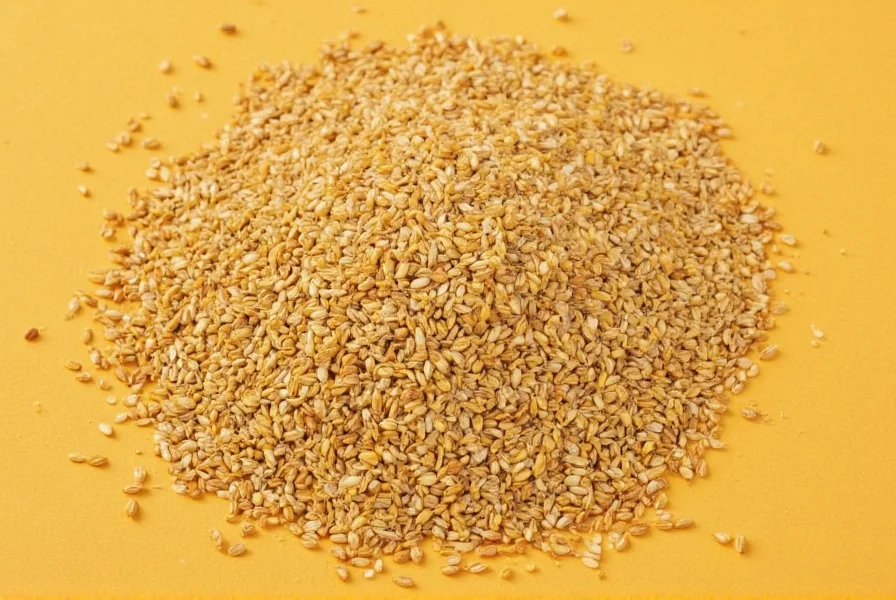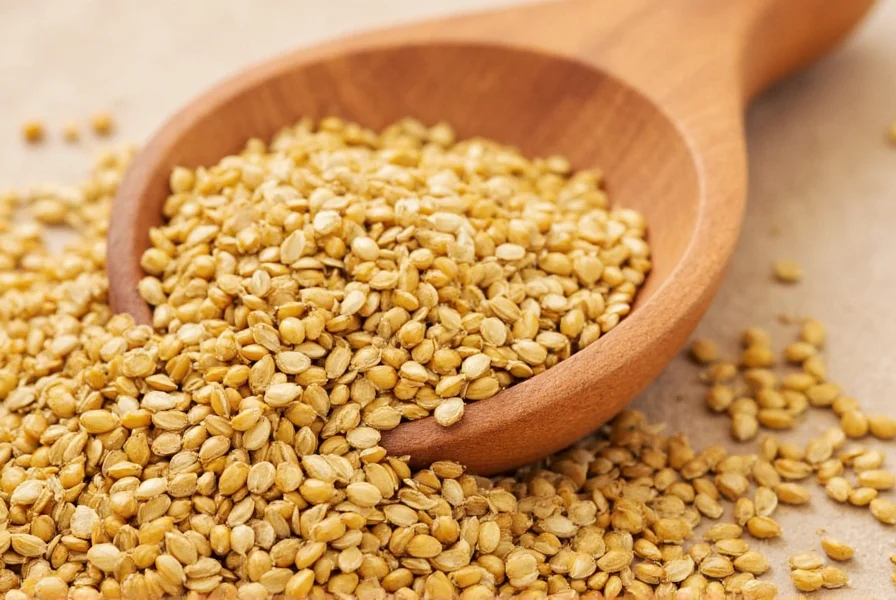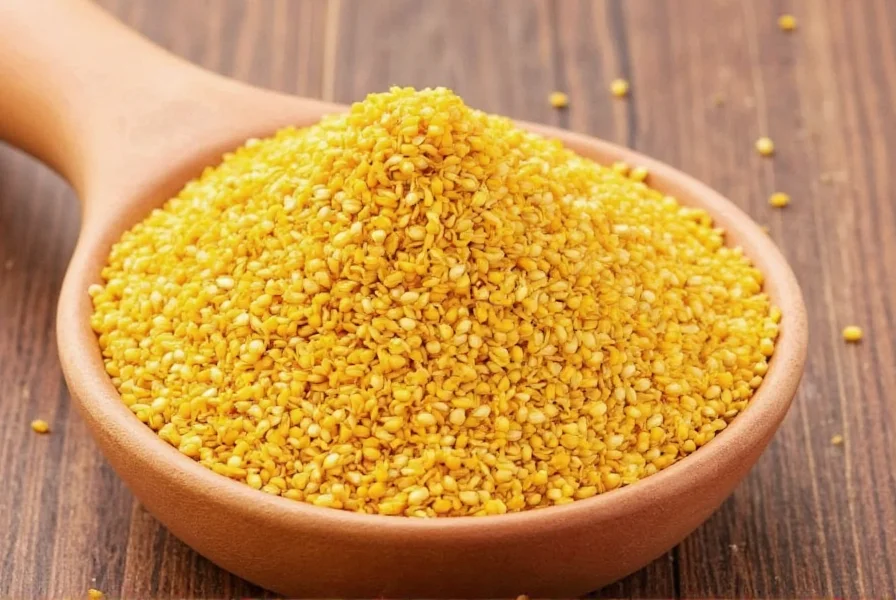If you're searching for fenugreek seeds alternatives, the best substitutes depend on your specific need. For cooking, mustard seeds provide a similar bitter note, while a blend of fennel seeds and maple syrup mimics fenugreek's distinctive maple-like flavor. For health purposes, consult a healthcare provider before substituting, as alternatives may not offer identical benefits. Curry powder works well in Indian dishes, and celery seeds can substitute in spice blends at a 1:1 ratio.
Fenugreek seeds, with their unique bitter-sweet, nutty flavor profile reminiscent of maple syrup, are a staple in many global cuisines and traditional health practices. When you can't find them or need a substitute for dietary reasons, knowing the right alternative makes all the difference in your culinary creations and wellness routines.
Understanding Fenugreek Seeds and Why Substitutes Are Needed
Fenugreek (Trigonella foenum-graecum) has been used for thousands of years in both cooking and traditional medicine. Its distinctive flavor comes from sotolon, the same compound found in maple syrup and aged wines. People seek fenugreek seeds alternatives for several legitimate reasons:
- Unavailability in local grocery stores
- Allergic reactions or sensitivities
- Desire for milder flavor profiles
- Medical contraindications with fenugreek consumption
- Experimenting with different flavor combinations
Before selecting a substitute, consider whether you need it for culinary purposes or health applications, as the best alternatives differ significantly between these uses.
Top Culinary Substitutes for Fenugreek Seeds
Mustard Seeds: The Closest Flavor Match
Yellow or brown mustard seeds provide the bitter note that characterizes fenugreek. When using mustard seeds as a fenugreek replacement in curry blends or pickling recipes:
- Use a 1:1 substitution ratio
- Add 1/4 teaspoon of maple syrup for dishes requiring fenugreek's sweet undertones
- Best for: Indian curries, pickles, and spice rubs

Fennel Seeds with Maple Syrup: For Sweet Applications
This combination effectively mimics fenugreek's distinctive maple-like flavor profile:
- Use 3/4 teaspoon fennel seeds plus 1/4 teaspoon maple syrup per 1 teaspoon fenugreek seeds
- Ideal for: Baking, chai tea blends, and sweet curry dishes
- Limitation: Not suitable for savory dishes where bitterness is essential
Curry Powder: The Convenient Shortcut
Most commercial curry powders already contain fenugreek, making them excellent substitutes when you need a quick solution:
- Use 1.5 teaspoons curry powder per 1 teaspoon fenugreek seeds
- Best for: Quick weeknight curries and soups
- Tip: Choose a Madras-style curry powder for more authentic flavor
Fenugreek Seeds Alternatives for Health Applications
When seeking fenugreek alternatives for health reasons, exercise caution. Fenugreek has specific properties that affect blood sugar, milk production, and inflammation. Unlike culinary substitutions, health-related alternatives require professional guidance.
| Common Use | Potential Alternative | Important Considerations |
|---|---|---|
| Supporting lactation | Fennel tea, blessed thistle | Consult lactation specialist; effectiveness varies |
| Blood sugar management | Cinnamon, bitter melon | Requires medical supervision; not direct substitutes |
| Digestive support | Chamomile, ginger | Different mechanisms; may not address same concerns |
Important: Never substitute fenugreek for health purposes without consulting a qualified healthcare provider. What works as a culinary substitute may not provide equivalent health benefits and could potentially cause adverse effects.
Specialized Substitutes for Specific Cuisines
For Indian Cuisine: Panch Phoron Blend
In Bengali cooking, fenugreek appears in the five-spice blend panch phoron. When missing just fenugreek:
- Omit fenugreek and increase the other seeds proportionally
- Add a pinch of asafoetida (hing) for complexity
- Use 3/4 teaspoon blend per teaspoon of fenugreek seeds
For Ethiopian Cuisine: Mitmita Spice Mix
Fenugreek features in berbere spice blends. For authentic Ethiopian dishes:
- Use pre-made berbere spice (contains fenugreek)
- Substitute with equal parts smoked paprika and cumin
- Add a pinch of cardamom for floral notes

How to Adjust Recipes When Using Fenugreek Substitutes
Successful substitution requires understanding flavor chemistry. Fenugreek's unique profile combines bitterness, nuttiness, and maple-like sweetness. When replacing it:
- Identify the primary role in your recipe (bitterness provider, flavor enhancer, or health ingredient)
- Adjust cooking time - fenugreek's bitterness mellows with longer cooking
- Taste as you go - substitutes may require incremental addition
- Consider complementary flavors - lemon balances bitterness, sweetness counters it
For the best results with fenugreek seeds alternatives in curry recipes, add substitutes early in the cooking process to allow flavors to develop fully. In baking applications, incorporate substitutes into dry ingredients for even distribution.
When Substitution Isn't Recommended
Certain applications require fenugreek's specific chemical composition. Substitution isn't advisable for:
- Traditional medicinal preparations with precise formulations
- Commercial food production requiring consistent flavor profiles
- Recipes where fenugreek is the featured ingredient (like methi thepla)
- Scientific studies requiring standardized fenugreek content
In these cases, seeking authentic fenugreek seeds from specialty stores or online retailers proves more effective than substitution. Many Indian and Middle Eastern grocery stores carry fenugreek seeds at reasonable prices.
Practical Tips for Using Fenugreek Substitutes
Maximize your success with these expert recommendations:
- Toast substitutes - Like fenugreek, many alternatives benefit from dry toasting to enhance flavor
- Start with less - You can always add more, but you can't remove excess substitute
- Keep notes - Record your substitutions and results for future reference
- Combine substitutes - A blend often works better than a single alternative
For those exploring fenugreek seeds alternatives for diabetes management, remember that culinary substitutes won't replicate fenugreek's specific glucose-regulating compounds. Consult your healthcare provider for appropriate alternatives in this context.
Frequently Asked Questions
Can I use fenugreek leaves instead of seeds?
Yes, but with important distinctions. Dried fenugreek leaves (kasuri methi) have a more concentrated, earthy flavor compared to seeds. Use 1 teaspoon dried leaves for every 1 tablespoon seeds. Fresh fenugreek leaves work in cooking but lack the seed's distinctive bitterness. Note that leaves don't provide the same health benefits as seeds for blood sugar management.
What's the best fenugreek substitute for diabetics seeking alternatives?
For diabetes management, no direct culinary substitute replicates fenugreek's specific effects. Cinnamon shows some blood sugar benefits but works differently. Bitter melon contains compounds that may help regulate glucose. Always consult your healthcare provider before changing your regimen, as effective alternatives require medical supervision rather than simple ingredient swaps.
How do I substitute fenugreek in vegan recipes requiring its maple flavor?
For vegan applications needing fenugreek's maple notes, combine 3/4 teaspoon fennel seeds with 1/4 teaspoon pure maple syrup per teaspoon of fenugreek seeds. Alternatively, use 1 teaspoon of mesquite powder, which has natural maple-like notes without animal products. In baked goods, increase vanilla extract slightly to enhance the sweet profile.
Can I use fenugreek powder instead of seeds?
Yes, use 3/4 teaspoon fenugreek powder for every 1 teaspoon of whole seeds. Powder provides more immediate flavor release but loses potency faster. For best results, grind seeds fresh when possible. Note that pre-ground powder may have diminished medicinal properties compared to whole seeds.
Which fenugreek alternative works best in pickling recipes?
Mustard seeds provide the closest bitter note needed in pickling. Use 1 teaspoon yellow mustard seeds plus 1/8 teaspoon celery seeds per teaspoon of fenugreek. For sweeter pickles, add a small piece of dried apricot to the jar for natural sweetness that mimics fenugreek's profile without overpowering the vegetables.











 浙公网安备
33010002000092号
浙公网安备
33010002000092号 浙B2-20120091-4
浙B2-20120091-4